Description
Adenium obesum (Impala Lily) Plant
Adenium obesum, often known as the Desert Rose, is a mesmerizing and one-of-a-kind plant native to the arid regions of East Africa and the Arabian Peninsula. This succulent miracle is prized for its remarkable look and hardiness. Its bulbous trunk, vivid, trumpet-shaped flowers, and rich green leaves lend a touch of exotic charm to any yard or indoor setting.
This plant thrives in hot, sunny regions, making it ideal for those looking for low-maintenance flora. Its ability to store water allows it to tolerate extended droughts, demonstrating its versatility. What actually distinguishes the Desert Rose is its unique capacity to bloom all year long, displaying a beautiful array of colors ranging from deep reds to gentle pinks.
Adenium obesum is more than simply a plant; it’s a symbol of tenacity and natural beauty, making it ideal for both novice and professional gardeners wishing to add a touch of desert charm to their surroundings.
Caring Tips:-
Light: Place your Desert Rose in a sunny spot with at least 6-8 hours of direct sunshine per day. It thrives in full sun.
Watering: Allow the soil to completely dry between waterings. Avoid overwatering and water carefully, especially during the dormant winter months.
Soil: Desert roses require well-drained soil. A cactus or succulent mixture with perlite or sand works wonderfully. Good drainage avoids root rot.
Fertilization: During the growing season (spring and summer), apply a balanced, water-soluble fertilizer every 2-4 weeks. Reduce or eliminate fertilizing during the dormant winter season.
Pruning: Prune to shape your Desert Rose and encourage branching. Remove dead or yellowing leaves and spent flowers regularly to promote new growth.


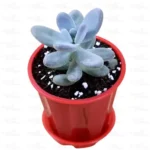
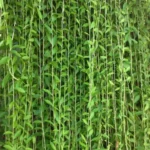
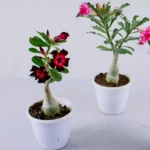
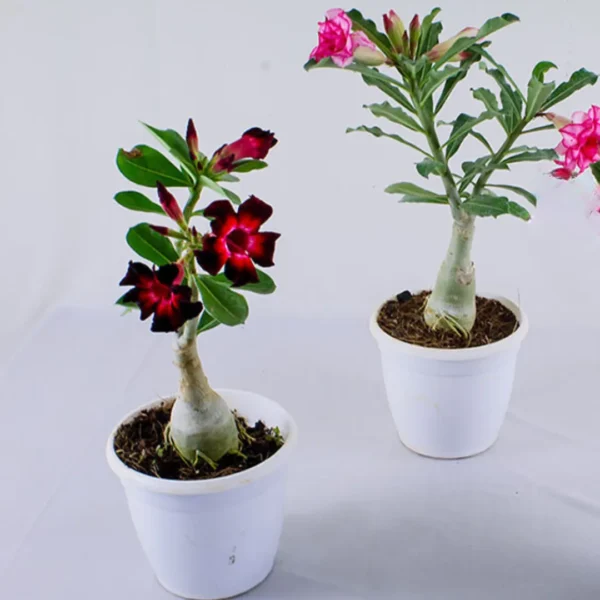
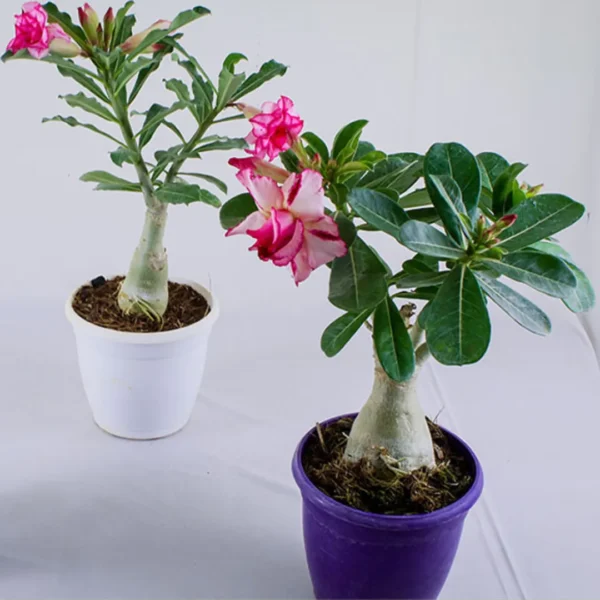
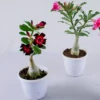
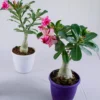
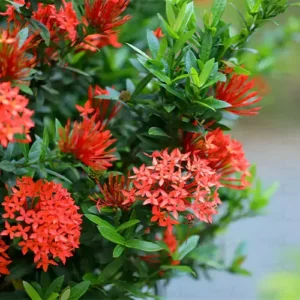
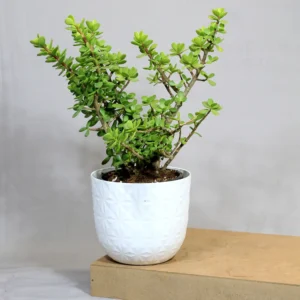
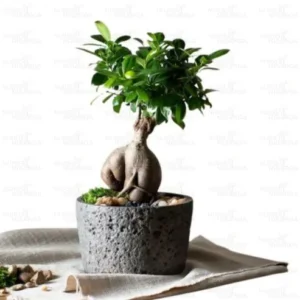
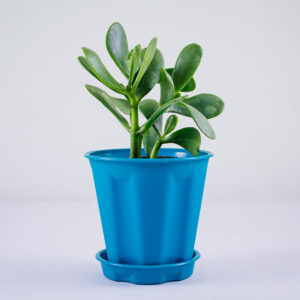
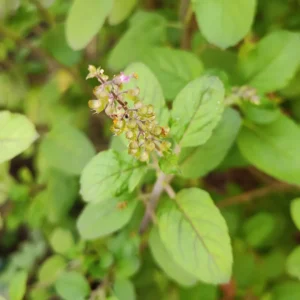
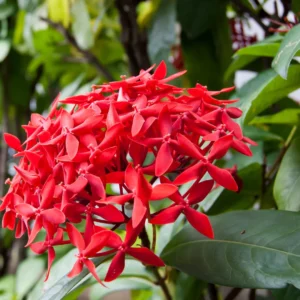
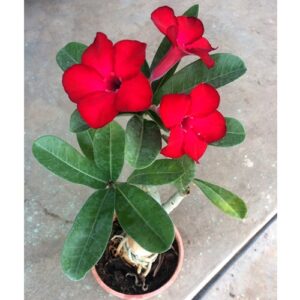
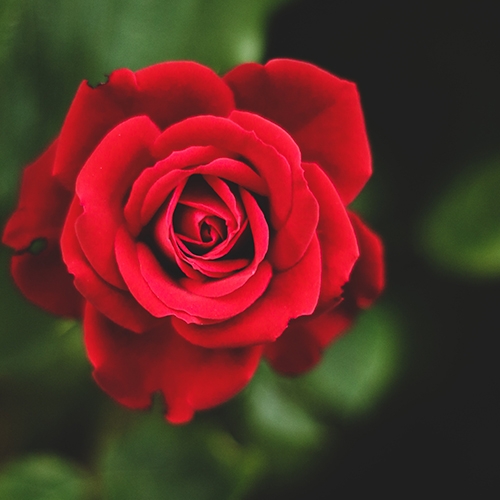
Reviews
There are no reviews yet.